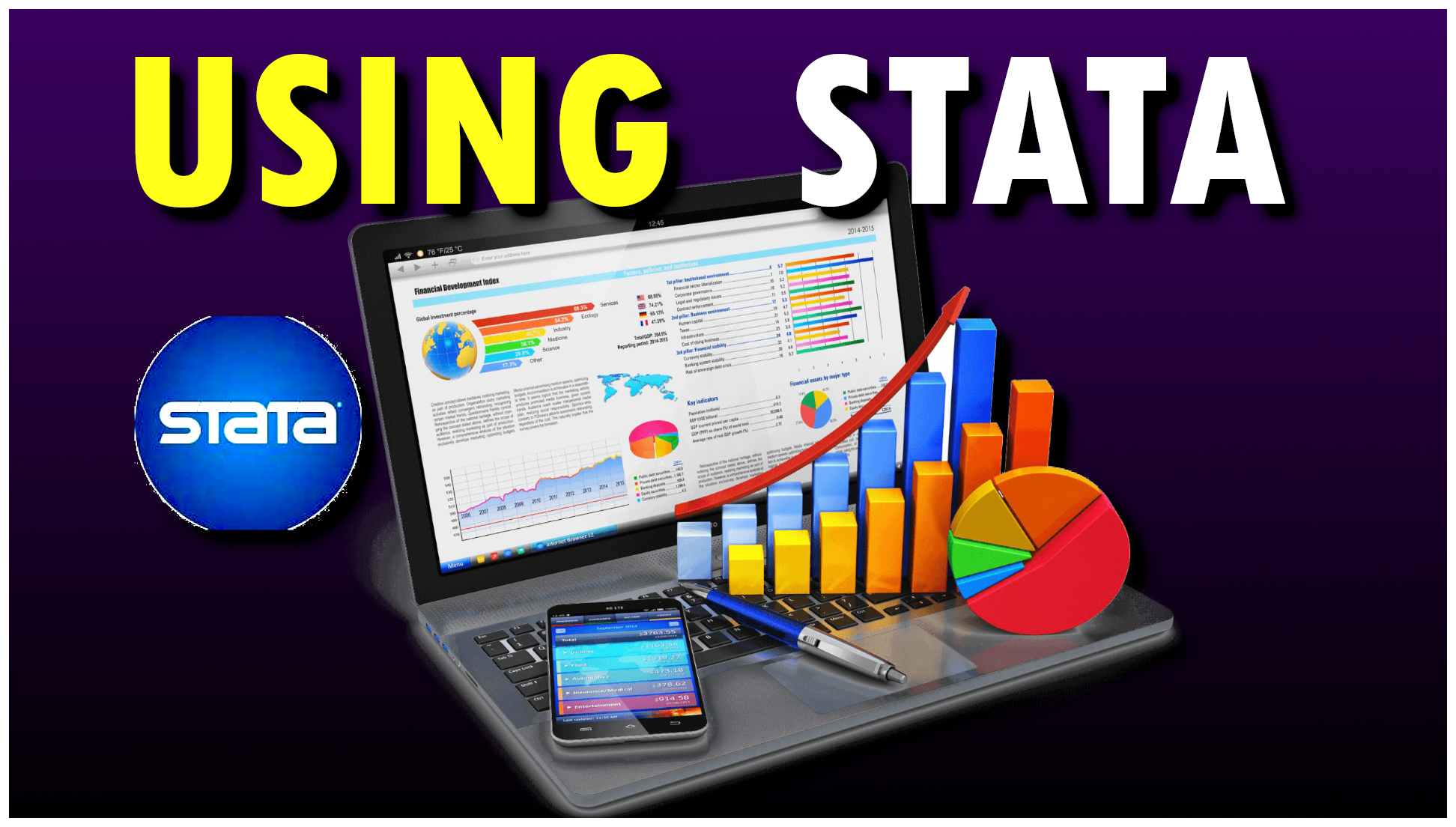
About Course
Course Overview
Learn how to analyze data using Stata in this fun course for beginners! Mr. Okello Isaac Opio, an experienced data analyst and trainer, will guide you through easy steps to master Stata software. Whether you are just starting or want to improve your skills, this course will help you learn important tools for analyzing data.
Course/Training Objectives
- Understand what Stata software is and how to use its main features.
- Get to know the Stata interface and how it works.
- Practice typing commands, finding online help, and loading sample data files.
- Learn basic statistics, including how to make tables and graphs.
- Discover helpful tips to learn Stata quickly.
- Gain real experience with project planning, using log files, and doing basic data analysis.
Mode of Training
The course is online, so you can learn at your own pace. If you have any questions, please contact us at info@daliteresearch.com.
Course Content
Lesson 1: Overview of Stata Software
-
Overview of Stata Software
12:20 -
Lesson 1 Quiz
Lesson 2: Understanding Stata Software Interface
Lesson 3: Mastering STATA commands & Getting Help
Lesson 4: Dataset Loading & Data Exploration
Lesson 5: How To Effectively Use Stata (Hacks & Tricks)
Lesson 6: Understanding Stata Command Syntax
Lesson 7: Summary & Conclusion
Earn a certificate
Add this certificate to your resume to demonstrate your skills & increase your chances of getting noticed.

Student Ratings & Reviews


